Ukraine relies on non-firing vehicles such as engineer vehicles, bridge-laying vehicles and armored tankers to launch counterattacks.
In the ongoing Ukrainian counteroffensive, some of the most important military assets are not firing artillery shells or launching missiles. Instead, they are quietly helping to keep combat vehicles running and clearing the way for Ukrainian forces to advance against Russian lines.
Among these military vehicles are armored tankers used to transport fuel and water, ambulances, maintenance trucks, bridge-laying or mine-clearing engineering vehicles. These vehicles carry ammunition, food, spare parts and lubricants for heavy mine plows.
“It’s hard for the average person to imagine the amount of support needed for a mobile attack,” said Brigadier General Peter DeLuca, who served in the U.S. Army Corps of Engineers. These support vehicles are small in number and odd in shape, but play a crucial role on the battlefield.
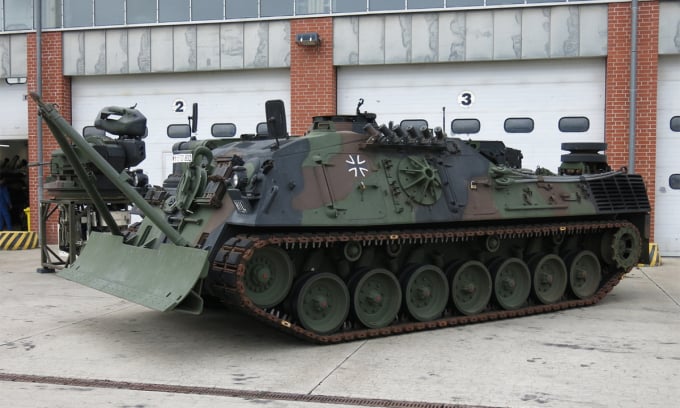
German Army Bergepanzer 2 recovery vehicle in Viereck, Mecklenburg-Vorpommern state, June 2017. Photo: Wikimedia
Over the past year, the West has provided Ukraine with a variety of heavy military equipment, including main battle tanks, self-propelled artillery, armored vehicles, and infantry fighting vehicles. Less notable on the list are eight logistics support vehicles, 18 bridge-laying vehicles, and 54 armored recovery vehicles that the United States has delivered to Ukraine.
Engineer vehicles, which support and maintain the combat strength of mechanized units, have become a very important element in every Ukrainian offensive campaign, especially in the context of their efforts to break through the Russian defense line with its dense system of trenches, obstacles and minefields.
“The next stage is penetration, which means breaking through the defenses that Russia has been building for months,” NATO Secretary General Jens Stoltenberg recently said. “The offensive requires more tanks and combat vehicles. Ukraine also needs highly specialized engineering equipment to operate its main battle tanks.”
In addition to the 14 Challenger 2 main battle tanks, the UK also provided two Challenger Repair and Recovery Vehicles (CRARRVs), which used the Challenger 1 chassis. The CRARRVs were essentially mobile repair stations for the Challenger 2 main battle tank. The CRARRVs had cranes, winches and bulldozer blades, and could carry replacement engines and gearboxes, along with a team of mechanics to repair the tanks on the battlefield.
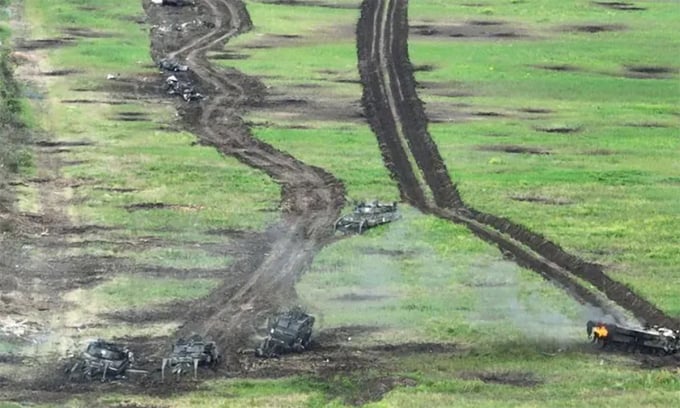
Leopard 2R engineering vehicles, Bergepanzer 2 recovery vehicles and armored vehicles left behind by Ukraine after a failed attempt to break through Russian defense lines last week. Photo: Russian Ministry of Defense
Western experts say engineering vehicles like the CRARRV are crucial in operations like the counteroffensive Ukraine is currently undertaking, where speed is key. If Ukraine breaks through Russia’s defenses, it will need to bring in as many reinforcements as possible before the enemy counterattacks.
Ukrainian counterattacks were made particularly difficult by the fact that they had to advance across open ground on much of the front line, lacked air support and were constantly tracked by the Russians. When they encountered obstacles, engineering vehicles became crucial.
So far, Russian minefields have been the biggest obstacle, stopping at least one Ukrainian advance and disabling several tanks, armored vehicles and engineering vehicles.
During the counter-offensive in Zaporizhzhia, the Ukrainian army encountered dense minefields and fire from Russian artillery and helicopter gunships, causing them heavy losses. Some recent Russian images showed a German-made Bergepanzer 2 recovery vehicle abandoned in a minefield along with three Leopard 2 tanks, apparently disabled after being hit by mines and rockets.
However, a Ukrainian mechanic said last week that a Bergepanzer 2 recovery vehicle had successfully brought a Leopard 2 from the battlefield to the rear. These vehicles could be repaired by Ukraine for further counterattacks.
In some places, Russian forces have dug wide trenches to prevent tanks from crossing, so Ukraine needs armored bulldozers or bridge-building vehicles to allow tanks to cross. Some Western intelligence sources say armored bulldozers or tanks with bulldozer blades could push aside the “dragon teeth” obstacles that Russia has set up, if they are not already deeply embedded in the ground.
A frontal assault can last for days or weeks. During this time, the attackers need to constantly resupply with fuel and ammunition. "A main battle tank cannot return to a supply station to refuel. Instead, fuel must be delivered to the main battle tank," said the NATO Secretary General.
The United States has provided Ukraine with 89 armored tankers, 105 fuel trailers, and 30 M992 Artillery Ammunition Delivery Vehicles (FAASVs) that share the chassis with the M109 self-propelled howitzer.
The Ukrainian military will face a new set of challenges if it breaks through Russian lines. Areas behind Russian lines may be depopulated, making it difficult for the Ukrainian military to find local supplies and may not even have access to drinking water. “They will have to bring everything they need with them,” said former Brigadier General DeLuca.
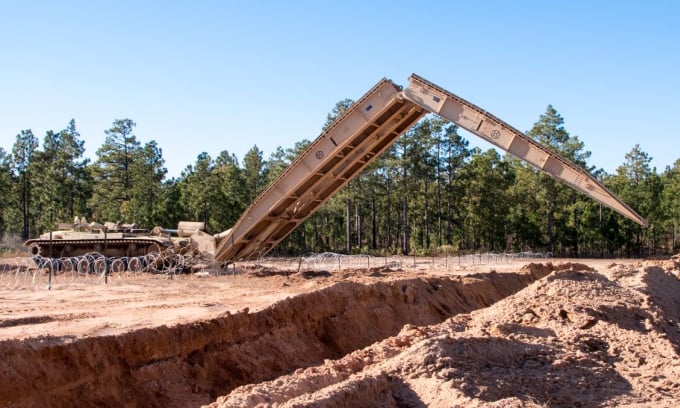
US Army M60 Armored Vehicle Bridge Laying (AVLB). Photo: US Army
Even if Ukraine’s dream scenario of Russian forces retreating as they did in Kharkiv last year comes to pass, they will face a host of logistical challenges. Tanks and other heavy vehicles consume huge amounts of fuel. Ukraine’s counteroffensive in Kharkiv last year slowed down in part because it used up its reserves of fuel and supplies.
DeLuca said the logistical equipment provided by the US and the West suggests they are trying to enable a Ukrainian offensive of some scale, although the biggest hurdle is deploying it on the battlefield. “No one should underestimate the task that Ukraine faces,” DeLuca said.
Nguyen Tien (According to WSJ )
Source link




















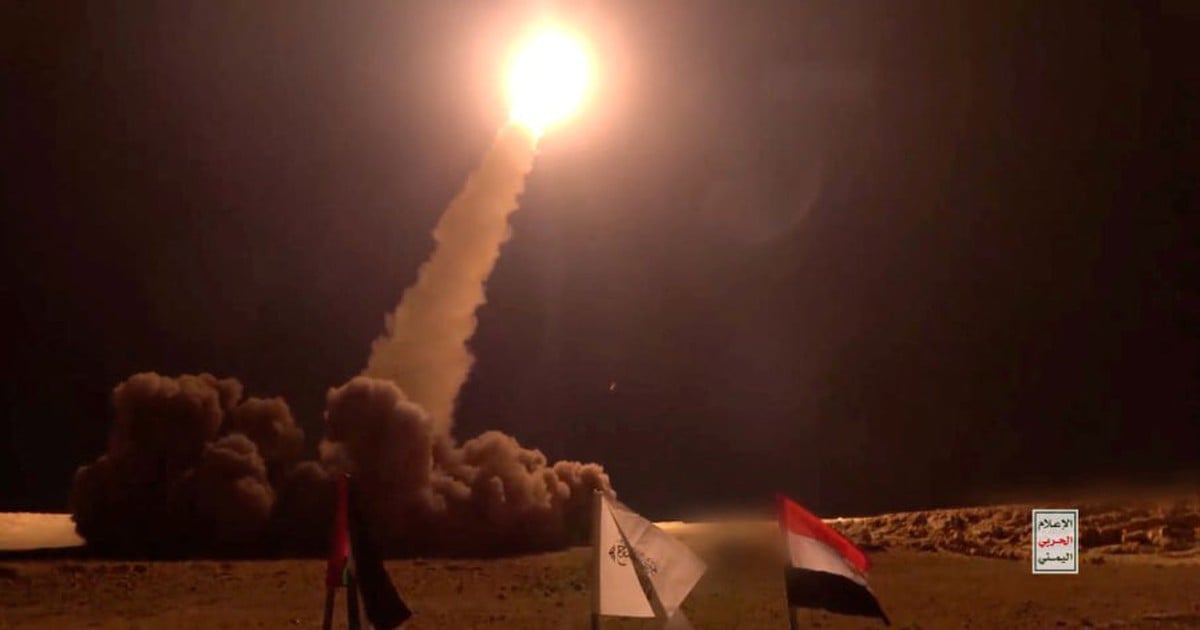



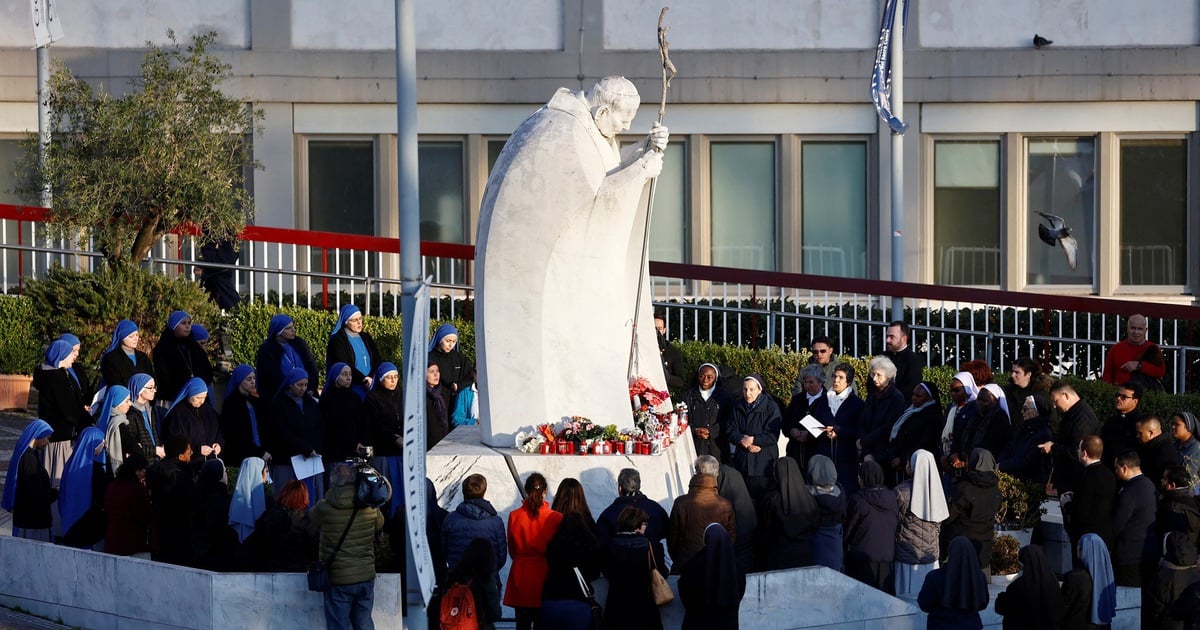

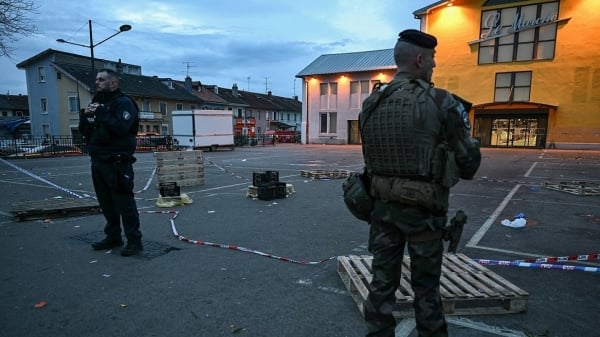















![[Photo] Prime Minister Pham Minh Chinh chairs Government Conference with localities on economic growth](https://vstatic.vietnam.vn/vietnam/resource/IMAGE/2025/2/21/f34583484f2643a2a2b72168a0d64baa)

























































Comment (0)